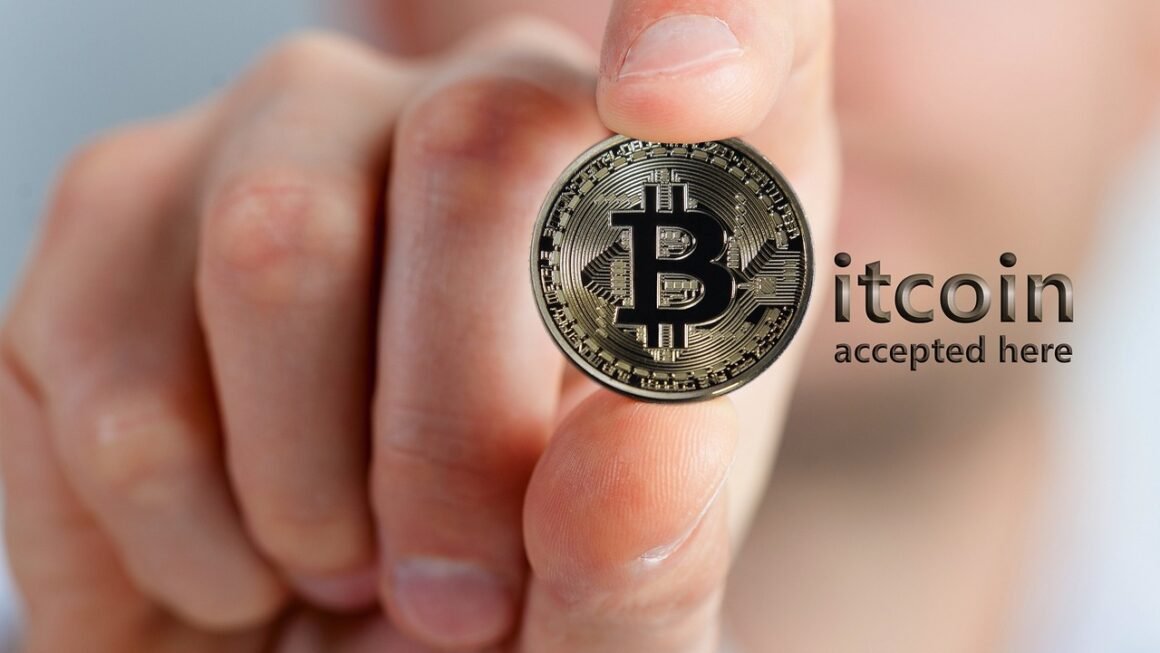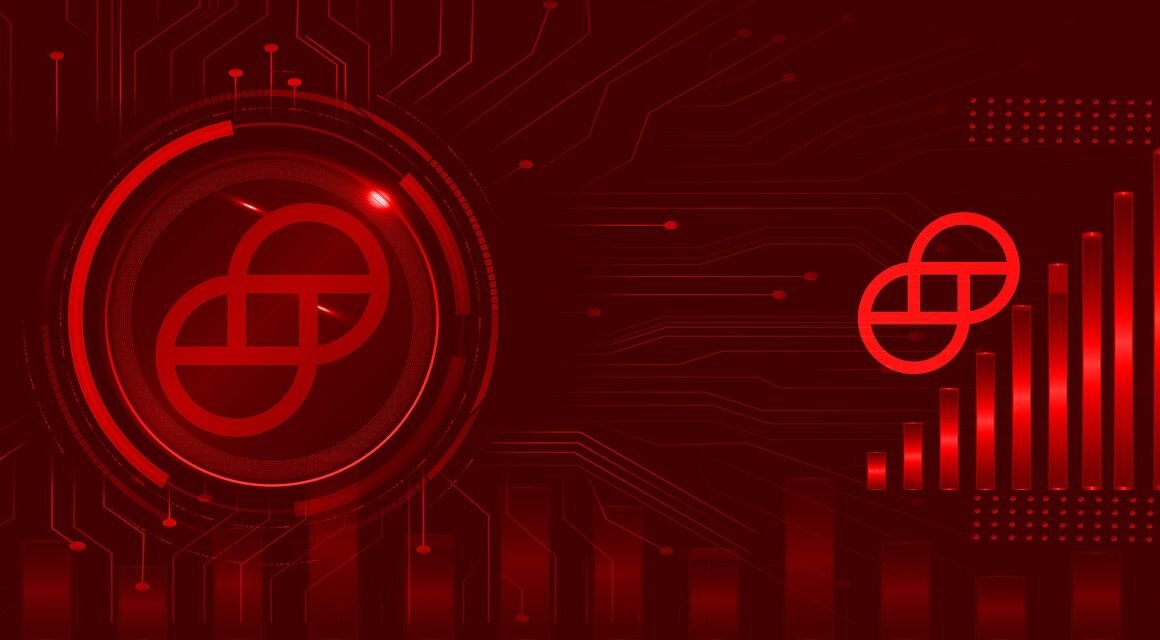Layer 2 solutions have emerged as a critical scaling infrastructure for blockchain technology, aiming to address the inherent limitations of layer 1 blockchains like Ethereum. By processing transactions off-chain and subsequently anchoring them to the main chain, these solutions significantly improve transaction speeds, reduce fees, and enhance overall network efficiency, paving the way for wider adoption and more complex decentralized applications (dApps).
What are Layer 2 Solutions?
Defining Layer 2
Layer 2 solutions are protocols built on top of an existing blockchain (Layer 1), such as Ethereum or Bitcoin, designed to improve scalability and transaction efficiency. They operate “off-chain,” meaning transactions are processed away from the main blockchain and then periodically reconciled with it. This off-chain processing reduces congestion on the Layer 1 blockchain, resulting in faster and cheaper transactions.
- Think of Layer 1 as the main highway (the blockchain) and Layer 2 as express lanes that divert traffic, allowing for faster movement of vehicles (transactions).
Why Layer 2? The Scalability Trilemma
Blockchains face a “scalability trilemma,” which states that it’s difficult to achieve decentralization, security, and scalability simultaneously. Layer 1 solutions often compromise on one of these elements. Layer 2 solutions strive to address this trilemma by offloading the transaction burden from the main chain without sacrificing security or decentralization.
- Decentralization: Maintaining the distributed nature of the blockchain.
- Security: Ensuring transactions are secure and tamper-proof.
- Scalability: Increasing the transaction throughput and speed.
Key Benefits of Layer 2
Layer 2 solutions offer a range of benefits for users and developers:
- Increased Transaction Speed: By processing transactions off-chain, Layer 2 solutions drastically reduce transaction confirmation times.
- Lower Transaction Fees: Less congestion on the Layer 1 blockchain translates to significantly lower gas fees, making blockchain applications more accessible.
- Improved Scalability: Layer 2 enables blockchains to handle a higher volume of transactions, supporting wider adoption and more complex applications.
- Enhanced User Experience: Faster and cheaper transactions create a smoother and more user-friendly experience for interacting with decentralized applications.
Types of Layer 2 Solutions
State Channels
State channels allow participants to conduct multiple transactions off-chain while only submitting two transactions to the main chain: one to open the channel and one to close it. All intermediate transactions are handled privately and efficiently within the channel.
- Example: Imagine a group of friends playing poker. Instead of recording each bet on the blockchain, they open a state channel, play their games, and only record the final outcome on the main chain. Lightning Network on Bitcoin is a prominent example of a state channel.
- Pros: Extremely fast and low cost for participants within the channel.
- Cons: Requires participants to lock up funds and only works for specific applications with known participants.
Rollups
Rollups bundle multiple transactions into a single batch and submit it to the Layer 1 chain. They come in two main flavors: Optimistic Rollups and Zero-Knowledge Rollups (ZK-Rollups).
#### Optimistic Rollups
Optimistic Rollups assume transactions are valid unless proven otherwise. They publish transaction data on-chain but allow a “challenge period” where anyone can dispute the validity of the rollup’s state.
- How they work: Rollups execute transactions off-chain, batch the data and then post to the Ethereum Mainnet. Optimistic Rollups use a “fraud proof” mechanism meaning, data is assumed valid unless challenged. If challenged and found invalid, the state is reverted.
- Example: Arbitrum and Optimism are popular Optimistic Rollup solutions for Ethereum.
- Pros: Relatively easy to implement, compatible with the Ethereum Virtual Machine (EVM), and can support a wide range of applications.
- Cons: Have a challenge period (typically 7 days) for withdrawals, which can be a drawback for users needing quick access to their funds.
#### ZK-Rollups
ZK-Rollups use zero-knowledge proofs (specifically, succinct non-interactive arguments of knowledge, or zk-SNARKs) to prove the validity of transactions without revealing the underlying data. This allows for faster finality and enhanced privacy.
- How they work: ZK-Rollups also execute transactions off-chain and batch data, but then utilize complex cryptography to generate a proof of validity that is posted on the Ethereum Mainnet. This is known as a SNARK proof.
- Example: zkSync, StarkNet, and Polygon Hermez are examples of ZK-Rollup solutions.
- Pros: Extremely fast finality and enhanced privacy due to zero-knowledge proofs.
- Cons: More complex to implement and require specialized hardware, making them less EVM-compatible than Optimistic Rollups (although progress is being made in this area).
Plasma
Plasma is a Layer 2 scaling solution that creates “child chains” which are anchored to the main chain. These child chains can process transactions independently, offloading the main chain.
- How it works: Plasma utilizes “fraud proofs” similar to Optimistic Rollups. Users can exit a Plasma chain if they believe the operator is acting maliciously.
- Pros: Can theoretically scale indefinitely by creating multiple child chains.
- Cons: Complex to implement and manage. Exiting a Plasma chain can be slow and expensive. Has largely been superseded by more efficient and versatile rollup solutions.
Validium
Validium is similar to ZK-Rollups in that it uses validity proofs to confirm transactions. The main difference is that Validium stores transaction data off-chain, while ZK-Rollups store transaction data on-chain.
- Pros: Can offer very high throughput and lower costs than ZK-Rollups.
- Cons: Relies on an external data availability committee, which can introduce trust assumptions. Less censorship-resistant than solutions that store data on-chain.
Choosing the Right Layer 2 Solution
Key Considerations
Selecting the appropriate Layer 2 solution depends on the specific requirements of your application. Consider the following factors:
- Security: Evaluate the security model of each solution and the trust assumptions involved.
- EVM Compatibility: Determine if the solution is compatible with the Ethereum Virtual Machine (EVM) if you’re building on Ethereum.
- Cost: Compare the transaction fees and deployment costs associated with each solution.
- Speed: Assess the transaction confirmation times and finality guarantees offered by each solution.
- Development Complexity: Consider the ease of implementation and the availability of developer tools.
- Specific Needs: For applications emphasizing privacy, ZK-Rollups or Validium are the best options. For generalized EVM compatibility and fast deployment, Optimistic Rollups might be preferable.
Examples of Use Cases
- Decentralized Exchanges (DEXs): Layer 2 solutions can significantly improve the user experience on DEXs by reducing trading fees and transaction times.
- Gaming: Faster and cheaper transactions are essential for blockchain-based games, enabling seamless gameplay and in-game asset management.
- Payments: Layer 2 makes micropayments and everyday transactions feasible on the blockchain.
- DeFi Protocols: Enhanced scalability allows for more complex and efficient DeFi protocols, such as lending platforms and yield farms.
The Future of Layer 2
Roadmap and Future Developments
The Layer 2 ecosystem is constantly evolving. Here’s a glimpse into what the future holds:
- Increased Adoption: As Layer 1 blockchains become more congested, the adoption of Layer 2 solutions will continue to grow.
- Improved Interoperability: Efforts are underway to improve the interoperability between different Layer 2 solutions, allowing users to seamlessly move assets and data between them.
- EVM Equivalence: Ongoing research and development aim to achieve full EVM equivalence on Layer 2, making it easier for developers to migrate their existing dApps.
- Data Availability Solutions: Innovations in data availability, such as Danksharding, will further enhance the scalability and security of Layer 2 solutions.
- Hybrid Approaches: Combining different Layer 2 technologies to create hybrid solutions that offer the best of both worlds. For example, using Validium for data storage and ZK-Rollups for data processing.
Conclusion
Layer 2 solutions are crucial for addressing the scalability challenges facing blockchain technology. By offering faster transaction speeds, lower fees, and improved scalability, these solutions are paving the way for wider adoption and more complex decentralized applications. Understanding the different types of Layer 2 solutions and their respective trade-offs is essential for developers and users looking to leverage the full potential of blockchain technology. As the ecosystem continues to evolve, Layer 2 will play an increasingly important role in shaping the future of decentralized finance and beyond.



